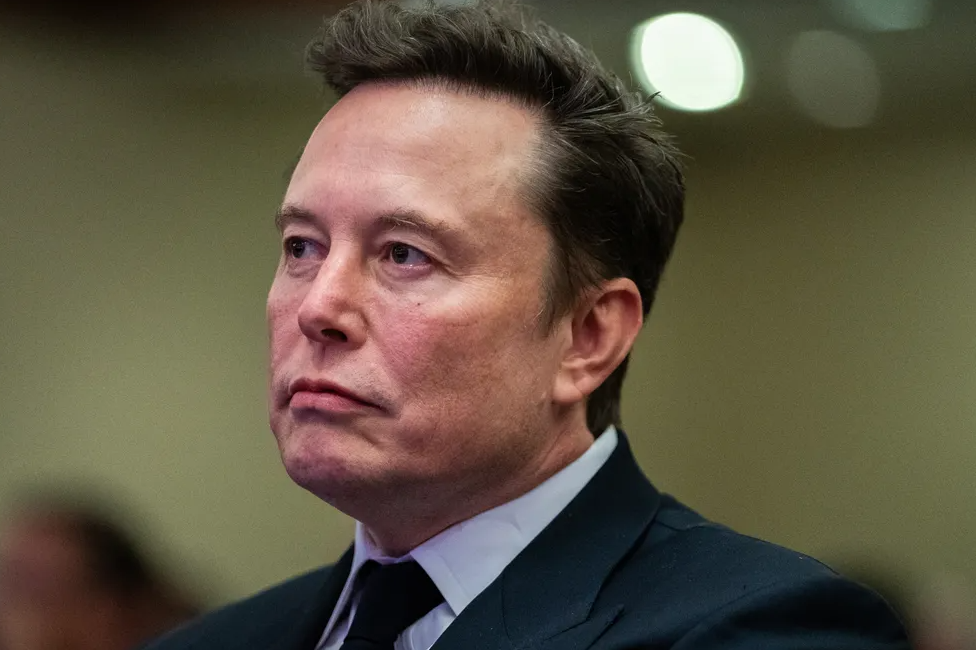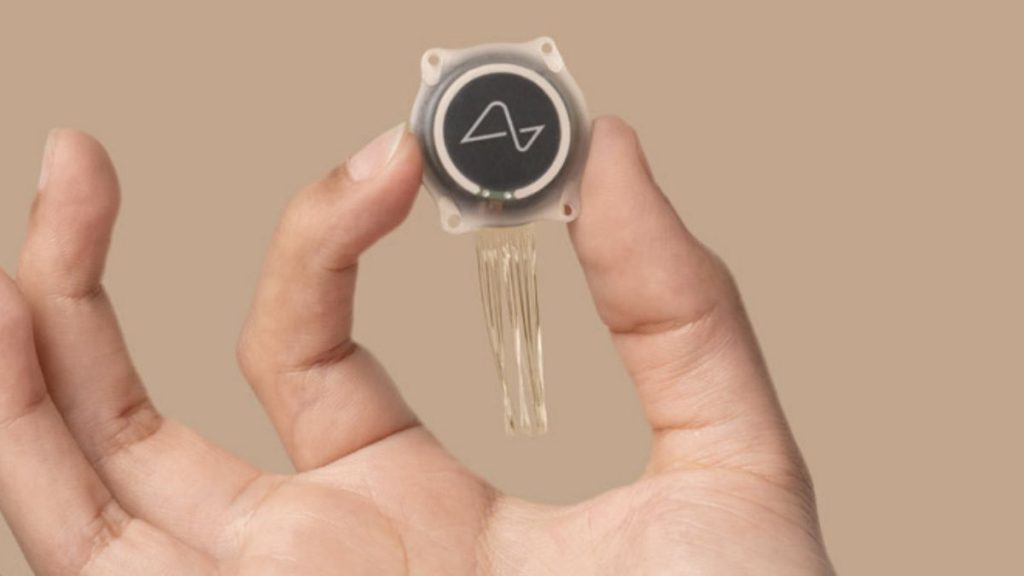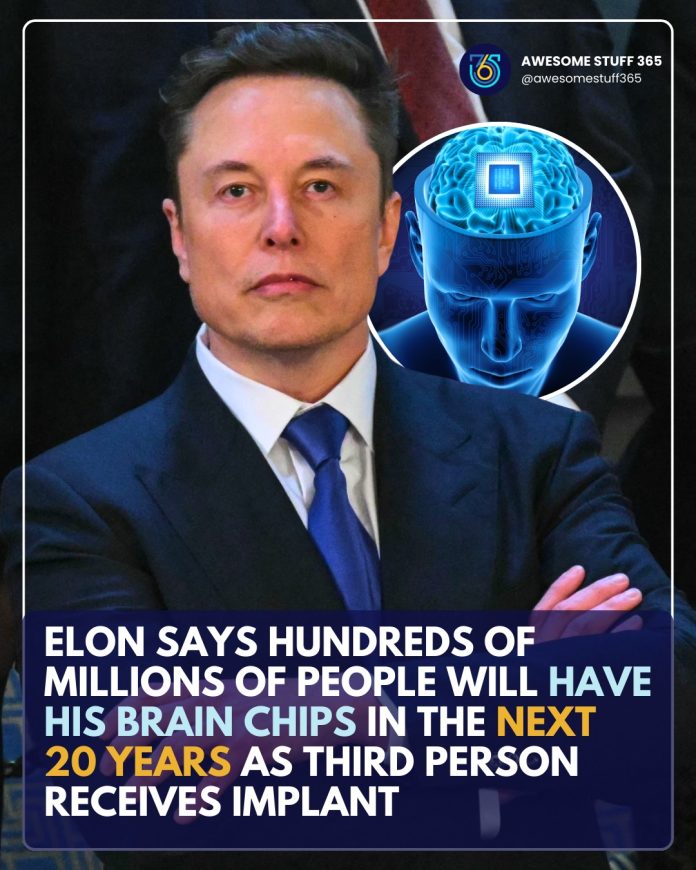Elon Musk, the visionary entrepreneur behind companies like Tesla and SpaceX, has made bold predictions regarding the future of human-computer integration. In 2024, he projected that within two decades, hundreds of millions of individuals could have brain implants developed by his neurotechnology company, Neuralink. This ambitious forecast underscores Musk’s commitment to advancing brain-computer interface (BCI) technology and its potential to revolutionize human interaction with machines.
Neuralink’s Mission and Technological Advancements
Founded in 2016, Neuralink aims to develop implantable BCIs that facilitate direct communication between the human brain and external devices. The primary objective is to assist individuals with neurological disorders, such as paralysis, by enabling them to control computers and other devices through thought alone. Over time, the vision encompasses broader applications, including cognitive enhancement and seamless integration with artificial intelligence systems.

By January 2025, Neuralink had achieved significant milestones in its research and development efforts. Elon Musk announced that the company had successfully implanted its device in a third human patient, marking a critical step forward in the journey toward widespread adoption. This development reflects the company’s dedication to refining the technology and addressing the complex challenges associated with BCI implementation.
The Third Neuralink Implant: A Milestone in BCI Development
The third implantation represents a pivotal moment for Neuralink and the broader field of neurotechnology. While specific details about the third patient were not extensively disclosed, Musk confirmed that all three individuals with the implants were progressing well. This success has bolstered Neuralink’s confidence, leading to plans for expanding the number of human trials. Musk indicated intentions to implant the device in 20 to 30 additional patients within the year, aiming to gather more data on safety and efficacy.
Comparative Landscape: Neuralink and Global Competitors
Neuralink operates within a rapidly evolving field, with several organizations worldwide striving to advance BCI technology. For instance, a collaboration between the Chinese Institute for Brain Research and NeuCyber NeuroTech has accelerated human trials of their semi-invasive wireless brain chip, Beinao No.1. By early 2025, they had implanted the device in three patients and planned further trials involving additional participants. These developments highlight the global momentum in BCI research and the collective effort to bring such technologies to fruition.
Ethical Considerations and Societal Implications
The prospect of integrating brain implants into the human experience raises profound ethical and societal questions. Concerns about privacy, security, and the potential for misuse of neural data are paramount. The notion of “mind-reading” capabilities, where thoughts could be accessed or influenced by external devices, necessitates robust ethical frameworks and regulatory oversight. Ensuring informed consent, safeguarding mental autonomy, and addressing disparities in access to such technologies are critical considerations as BCI development progresses.
Future Prospects and Challenges
Musk’s vision of hundreds of millions of people adopting Neuralink’s brain implants within two decades is undeniably ambitious. Realizing this goal requires overcoming substantial scientific, medical, and regulatory hurdles. Advancements in materials science, surgical techniques, and our understanding of neural processes are essential to enhance the safety, reliability, and functionality of BCIs. Moreover, public perception and acceptance will play a significant role in the widespread adoption of such technologies.

As Neuralink and other entities continue to innovate, the potential applications of BCI technology extend beyond medical interventions. Envisioned uses include cognitive enhancements, seamless interaction with digital environments, and even new forms of communication. However, these possibilities also necessitate careful consideration of ethical implications and the establishment of guidelines to prevent potential misuse.
Conclusion
Elon Musk’s prediction about the proliferation of Neuralink’s brain implants reflects a bold vision for the future of human-machine integration. While significant progress has been made, the path to widespread adoption is complex and fraught with challenges. Continued research, ethical deliberation, and societal discourse are imperative to navigate this uncharted territory responsibly. The coming years will be crucial in determining how BCI technologies evolve and integrate into human life, potentially reshaping the boundaries between biology and technology.

















